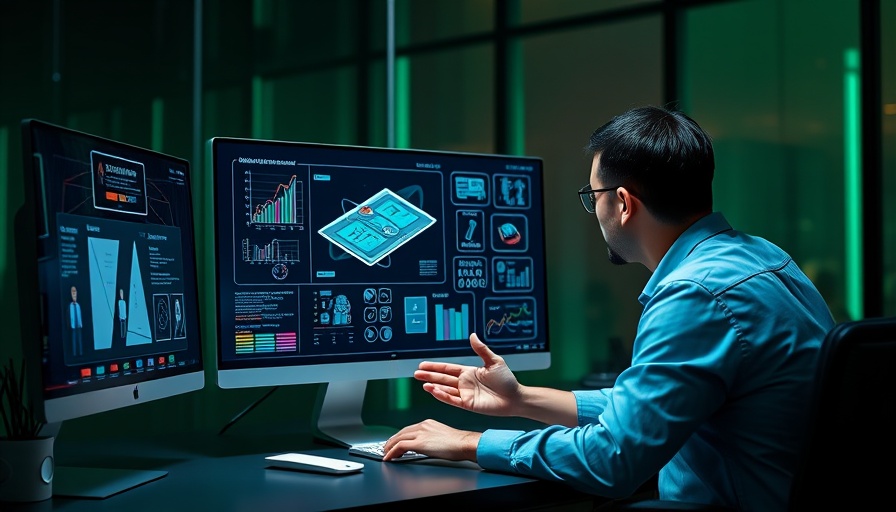
The Rise of AI Tools in Creative Industries
As technology continues to advance, the debate over whether AI tools will replace jobs, particularly in creative fields such as graphic design, intensifies. The video titled "This AI tool will replace Graphic Designers!" sheds light on this growing concern, prompting a discussion that balances innovation with preservation of the human touch in creativity. The question many are asking is: can artificial intelligence produce the same level of creativity and uniqueness as human designers?
The video 'This AI tool will replace Graphic Designers!' presents intriguing insights on the role of AI in creative industries, prompting deeper analysis on the implications for graphic designers.
AI’s Impact on Graphic Design
AI-powered design tools are already transforming the graphic design landscape. These tools streamline the creation process, allowing users to generate logos, brochures, and social media graphics with minimal input. While this may seem beneficial for efficiency—and indeed it is—there is an underlying fear that such automation could eliminate the need for skilled graphic designers altogether. As entrepreneurs and businesses seek cost-effective solutions, AI designs can certainly offer a competitive edge.
The Ethical Implications of AI in Design
However, the rise of AI in the creative realm raises ethical questions that cannot be overlooked. The ethical use of AI remains a critical topic. How do we regulate AI to ensure it’s used responsibly? As we entrust AI with more tasks, how do we safeguard against potential misuse of creative works? Furthermore, the balance of freedom of speech and AI-generated content poses a challenge—especially when AI is responsible for generating images or text that could misrepresent reality.
Government Regulation and AI
As AI technologies proliferate, so too does the need for a robust framework of government regulation. Policymakers are currently grappling with how to effectively manage AI and data privacy, particularly with regards to information generated by these tools. Call for regulations isn’t just about controlling AI's capabilities but also about ensuring that the technology benefits society as a whole. Without clear guidelines, there’s a risk of alienating those who rely on creativity as a livelihood.
Decentralized AI Platforms
Emerging decentralized AI platforms are promising a more democratic approach to artificial intelligence by distributing power and control over AI tools. Rather than a few corporations monopolizing AI technologies, these platforms aim to give more individuals access to creative tools while fostering innovation. This could empower more entrepreneurs and small business owners to utilize AI without substantial financial investment, thus promoting diverse voices in the creative field.
The Future of Graphic Design
AI may not replace graphic designers but instead, serve as a catalyst for rethinking traditional workflows. The integration of AI tools can lead to new opportunities for human designers to focus on higher-level creative concepts and client interactions, where human intuition and emotional depth are irreplaceable. As AI evolves, designers can concentrate on strategic thinking while relying on AI for repetitive tasks, ultimately leading to a symbiotic relationship between human creativity and machine efficiency.
Conclusion
Understanding the balance of technology, ethics, and creativity is crucial for the future of graphic design in an AI-dominated world. It's important for stakeholders in this industry to advocate for ethical practices, transparency, and regulations that foster innovation without undermining jobs. As technology buffs, business owners, and entrepreneurs navigate these changes, it becomes evident that the partnership between human designers and AI tools could shape a more promising creative landscape.
 Add Row
Add Row  Add
Add 




Write A Comment